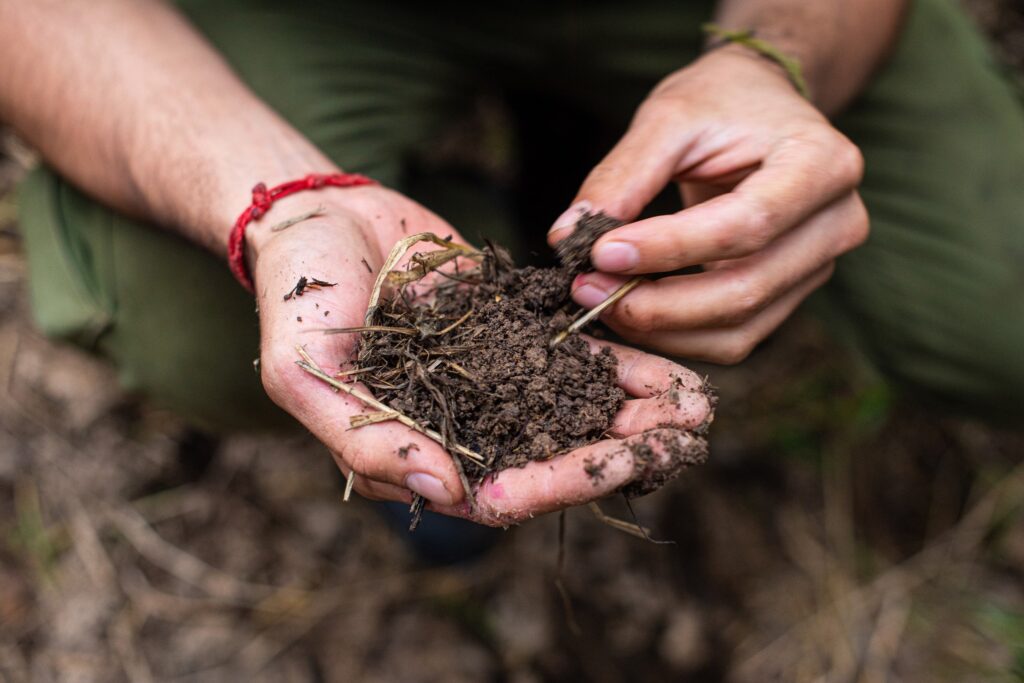Creating a zero-waste kitchen isn’t just about being eco-conscious; it’s also about saving money, cooking smarter, and building a healthier lifestyle. Every year, millions of tons of food end up in landfills, releasing harmful greenhouse gases. But the good news? With mindful strategies, sustainable products, and creative recipes, we can all reduce food waste and cultivate a kitchen that works in harmony with the planet.
Imagine opening your fridge and knowing that nothing inside will go to waste. That’s the power of a zero-waste approach—maximizing every ingredient, rethinking packaging, and reducing the unnecessary items that clutter your shelves. In this blog, we’ll explore actionable strategies, the best eco-friendly products, and delicious recipes to help you transform your kitchen into a zero-waste haven.
Why Zero-Waste Kitchens Matter
Food waste is more than just throwing away expired items—it carries a heavy financial and environmental cost. In the United States alone, nearly 30-40% of the food supply goes to waste. This contributes to resource depletion (water, energy, land) and increases methane emissions when food decomposes in landfills.
By adopting zero-waste kitchen practices, households can directly cut down their environmental footprint. What’s more, a waste-free kitchen means fewer grocery trips, healthier meals, and more mindful consumption habits.
Core Strategies for a Zero-Waste Kitchen
Implementing zero-waste principles doesn’t have to be overwhelming. By making small changes consistently, you’ll see big results. Here are some strategies to get started.
1. Plan Ahead
Meal planning is one of the most effective ways to eliminate food waste. Before shopping, make a list of recipes for the week and stick to it. This keeps impulse buys in check and ensures you’ll use every ingredient.
2. Shop Smart
Bring reusable bags, jars, and containers to reduce packaging waste. Shop in bulk for pantry staples like rice, lentils, nuts, and spices. Choose local produce when possible, as it usually has less packaging and a smaller carbon footprint.
3. Store Food Properly
Learn how to store fruits, vegetables, and herbs so they last longer. For example:
- Place leafy greens in an airtight container with a paper towel.
- Keep potatoes and onions in a dark, well-ventilated place.
- Freeze ripe bananas, herbs, or bread for later use.
4. Embrace the “Use-It-Up” Mindset
Instead of pushing slightly wilted veggies to the back of the fridge, get creative with them. Turn leftover produce into soups, stir-fries, smoothies, or frittatas. The key is seeing scraps as opportunities, not waste.
5. Compost Thoughtfully
Even with careful planning, some scraps are unavoidable. Composting is an excellent solution, transforming food scraps into nutrient-rich soil for plants or gardens. Many urban households now use compact compost bins or share community composting resources.
Must-Have Products for a Zero-Waste Kitchen
Equipping your kitchen with sustainable tools makes the transition to zero-waste living easier and more enjoyable. Here are some essentials:
1. Reusable Storage Solutions
- Beeswax wraps as alternatives to plastic wrap.
- Glass jars for dry goods and leftovers.
- Silicone bags that are freezer-friendly and washable.
2. Composting Tools
- Indoor compost bins with charcoal filters.
- Countertop vermicomposting (worm composting) systems for small spaces.
3. Sustainable Cookware
- Cast iron or stainless steel pans that last a lifetime.
- Bamboo or wooden utensils instead of plastic.
4. Eco-Friendly Cleaning
- Reusable cloth napkins and dish towels.
- Natural sponges and DIY cleaners made from vinegar, baking soda, and lemon.
By investing in durable and reusable products, your kitchen will not only waste less but also save money in the long run.
Zero-Waste Recipes to Minimize Food Waste
Sometimes the best way to reduce food waste is to get creative in the kitchen. With a little imagination, leftovers and scraps can become delicious dishes.
1. Vegetable Scrap Soup
Save carrot tops, onion peels, celery ends, and herb stems in a freezer bag. Once you have enough, boil them in water to make a rich and flavorful vegetable broth. This broth can turn into soups, sauces, and risottos.
2. Leftover Bread Pudding
Instead of tossing stale bread, transform it into a sweet bread pudding or savory stuffing. It’s a comforting, zero-waste classic.
3. Smoothies from Overripe Fruit
Bananas, berries, and peaches that are too soft for snacking can become creamy smoothies. Add yogurt, oats, or nut butter for extra richness.
4. Stir-Fry with Fridge Leftovers
Combine odds and ends—half a bell pepper, some broccoli stems, a handful of kale—for a nutrient-packed stir-fry. Toss with soy sauce and garlic for a quick, zero-waste meal.
5. Citrus-Infused Water or Cleaner
Don’t throw out lemon or orange peels. Use them to flavor your water or infuse vinegar for a natural, refreshing cleaner.
The Financial Benefits of a Zero-Waste Kitchen
When you cut food waste, you’re also cutting costs. Households in the U.S. throw away hundreds of dollars’ worth of food each year. By planning meals, storing food correctly, and finding smarter uses for leftovers, families can save significant amounts of money.
Reusable products may require an upfront investment, but they quickly pay for themselves by replacing single-use plastics and disposable kitchen items. In the long run, a zero-waste kitchen is not just good for the earth—it’s good for your wallet too.
Building Sustainable Habits
Transitioning to a zero-waste kitchen doesn’t happen overnight. It’s about small, intentional changes that add up over time. The key habits to build include:
- Buy only what you need.
- Store food properly to extend freshness.
- Cook creatively with leftovers.
- Compost food scraps instead of trashing them.
- Switch to reusable alternatives whenever possible.
These daily practices lead to long-term sustainability, helping each household become part of the solution to global food waste.
Zero-Waste Kitchen Myths Debunked
Myth 1: It’s too expensive.
Reality: Zero-waste living often saves money by reducing unnecessary purchases and food waste.
Myth 2: It takes too much time.
Reality: With meal planning and proper organization, zero-waste cooking actually makes life easier.
Myth 3: It’s only for environmental activists.
Reality: Anyone can benefit—whether you’re eco-conscious, budget-minded, or simply wanting to simplify your lifestyle.
Conclusion: Small Steps, Big Impact
Creating a zero-waste kitchen is not about perfection—it’s about progress. By embracing mindful shopping, sustainable products, and creative recipes, you’ll drastically reduce what ends up in the trash while enjoying fresher meals and saving money.
Remember, each step you take toward zero-waste living has a positive ripple effect. You’re not only protecting your household budget but also contributing to a healthier planet. When we all make small, intentional changes in our kitchens, together we create a massive impact.
So, the next time you look at your leftovers or kitchen scraps, don’t think of them as waste. Think of them as an opportunity to cook smarter and live more sustainably.
Ready to start your zero-waste kitchen journey? Begin with one change today—whether it’s meal planning, using beeswax wraps, or composting scraps—and see how simple and rewarding it can be.





